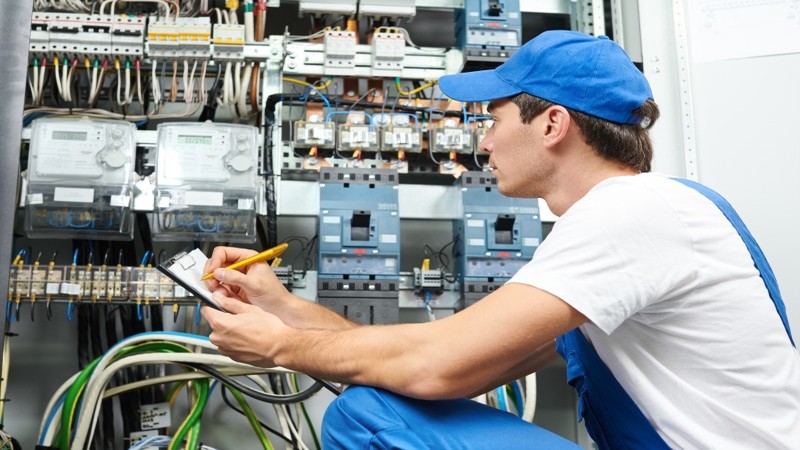There are a number of complex systems that make up every building and an Electrical Wiring Installation in Louisville KY, is only one of them. The electrical wiring is used to supply electrical power where it will be the most useful. For a business, this may mean running huge bus bars to split the load between various machines. For a home, the electrical system powers many of the appliances such as the AC or furnace. To ensure that power flows where it is needed, the electrician runs a series of specific gauge wiring through the walls and attic areas.It can be difficult to keep up with all of the components that make up the electrical system.
There are, of course, the main breakers that allow or block the flow of electricity to the whole building when required. From there, the wiring will run into a breaker box so it can be routed through the house. In most instances, the wire will lead from the breaker box to the attic or basement where it is carried to each space as required. In most homes, this run of wire may be loose or secured along the rafters and wall studs, but commercial installations will require the use of electrical-grade conduit to protect the building and occupants.
Unfortunately, an Electrical Wiring Installation in Louisville KY, is not a simple task. First, the contractor needs to be trained well enough to meet any local code requirements, then they separate the building into different zones for the purposes of wiring. Each area will have its own circuit for power outlets and light switches. This doesn’t mean that each utility zone will be a distinct room. Many electricians often install all or part of a room on another breaker to avoid overloading a specific circuit.The most common location for new installations is freshly constructed homes or apartment buildings. However, there are times when old houses need quality wiring as well.
Installing a new electrical system can be very difficult since the technician may need to reroute some of the wires and avoid the use of older, existing equipment. This latter step is necessary so the wiring or fixtures won’t overheat during excessive load demands. Click Here to learn more about electrical installation and repairs.

